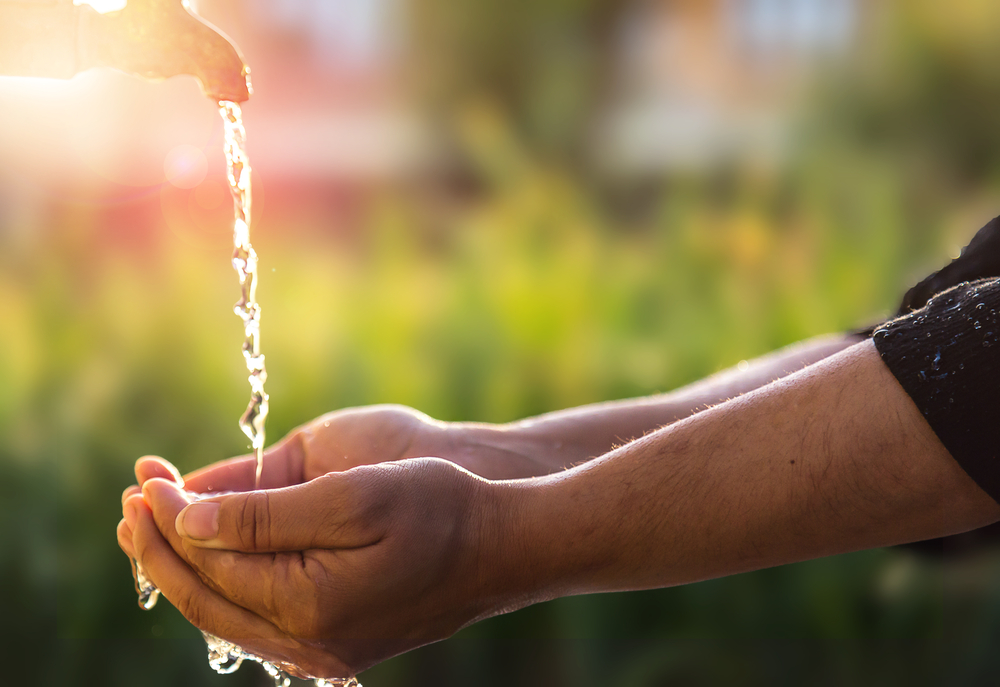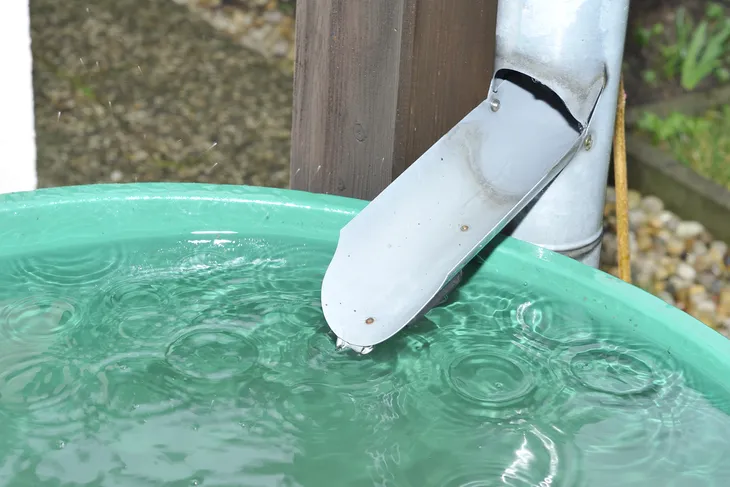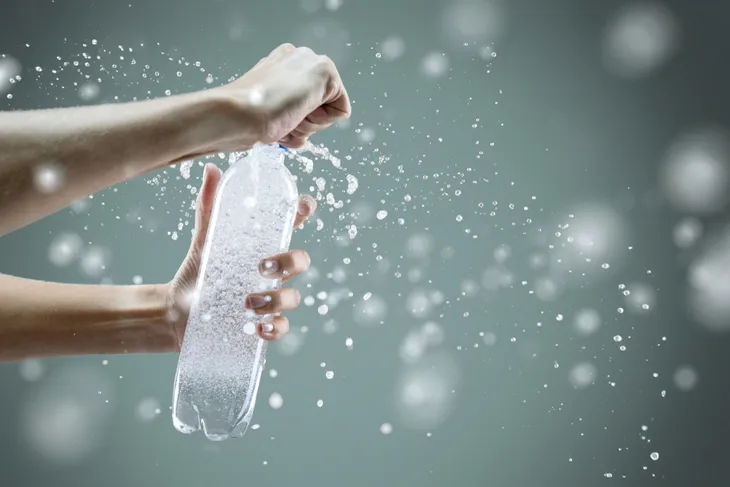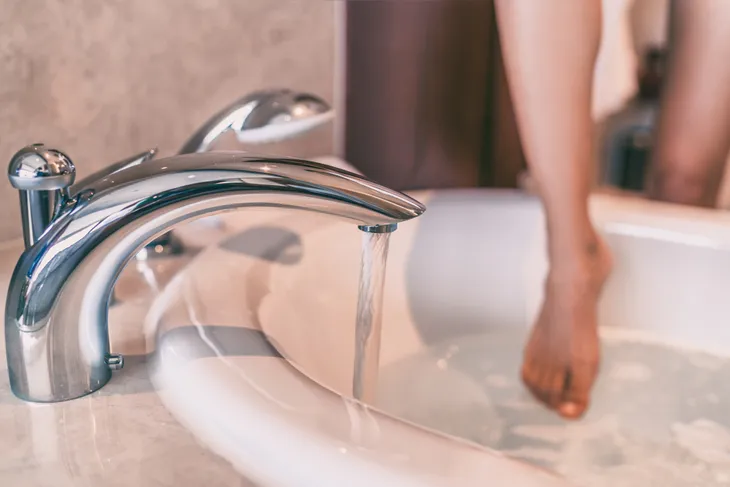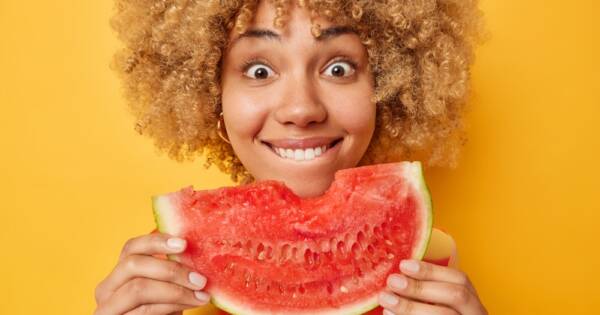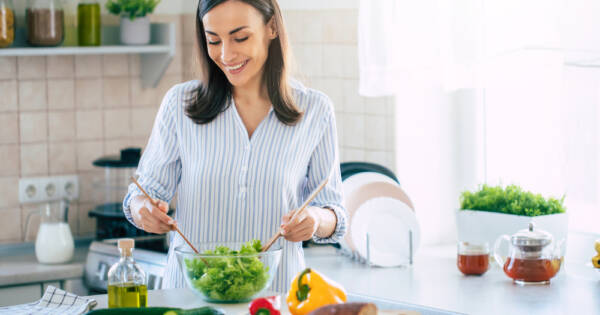Clean water is our lifeblood and the key to good health, but it is increasingly becoming a precious commodity—and the drought in California is clear evidence of that. It’s one of the worst droughts the Golden State has ever seen, and the government even set up a website to inform the public about it.
Potable water is a concern, not just in the U.S., but for the entire world heading into the future. Conserving water will also help save you money while reserving more clean supply for drinking, especially if you’re using a well. Here are seven relatively simple things you can do at home to help remedy the situation…
1. Brush Your Teeth With Tap Off
Many people are in the habit of letting the tap run while they’re brushing away, which is completely unnecessary. While you can use the water to wet your toothbrush, rinse it off and also rinse your mouth, letting water go down the drain is a waste.
The Environmental Protection Agency (EPA) explains that turning off the tap while you brush in the morning and at bedtime can save 8 gallons of water a day, and add up to 200 a month! For scale, the EPA noted 200 gallons is enough for a tank that would hold 6 small sharks.
2. Get a Rain Barrel
While rainwater is not drinkable, you can use the collected water to feed plants, wash your car, and for other household uses while saving your more valuable clean water supply for the family.
The City of San Diego notes that household landscapes can absorb more than 50-percent of the water that falls from the sky, and installing a rain barrel will collect gallons of water from your gutters while helping to prevent potentially harmful runoff from your property into the sewer system.
3. Be Smarter When Watering Your Lawn
Everyone takes pride in their lawn, and wants to keep it looking healthy and green. However, sometimes homeowners waste a good amount of water on feeding lawns and flowers, only to have Mother Nature supply a heavy dose of rain soon after that does the same job for free.
The Canadian Mortgage and Housing Corporation (CMHC) suggests taking into account how much rain has fallen in recent days to help you assess if your lawn needs watering. It also suggests watering your lawn early in the morning to avoid evaporation from the hot sun, allowing more water to adsorb into the soil before peak temperatures.
4. Store Cold Water in Your Fridge
Buying a substantial water jug with a filter (or without) is a good way to guarantee a cold glass of water whenever you want it. Fill it up and put it in your fridge, so you don’t have to let the tap run from warm to cold every time you need a refreshing drink, suggests American Water & Energy Savers.
Placing water in the fridge will also cut down on bottled water usage. The University of Rochester notes bottling water uses “a surprising amount of energy to produce, ship, and store.” For those who fear chlorine content in tap water, the university reminds you that it evaporates when the water is stored uncovered.
5. Check Your Well Pump
If you run out of potable water from your well supply, it could just mean that the groundwater levels have fallen below your water pump. It could also mean you’re using too much water or have a problem with your pump, so you should have it inspected regularly.
American Water & Energy Savers note that you should listen closely to the pump to see if it activates when taps are not in use. It if does, it probably means you have a leak and you should have it looked at as soon as possible to avoid wasting clean supply.
6. Cut Down on Baths
It’s tempting to fill up your tub all the way with hot water before sliding into it with a good book. It’s also tempting to wait until the cold water subsides before you put the stopper in, but that is a large waste of energy that can easily be avoided.
Plug the tub as soon as your turn the taps on—you can compensate for cold water at the start by running it hotter at the end. Also fill up your tub to 1/3 of the capacity, which will save more water than a shower, noted the City of West Palm Beach in Florida. Perhaps add some bubbles to the bath to provide more “volume”.
7. Get a Dual Flush Toilet
Flushing a standard toilet can use up to 1.6 gallons of water per flush, according to the EPA. A dual-flush toilet lets you use only the amount of water that you need, which is roughly 0.80 gallons for liquid waste (and 1.6 gallons for solid waste), according to the CMHC.
While many municipalities have switched to “low-flow” toilets, they still use 1.6 gallons with each flush, which no option (which is still better than earlier toilets that used more than twice that much). Also ensure your toilet is not leaking or continuously running, as that will waste a lot more precious H2O.
